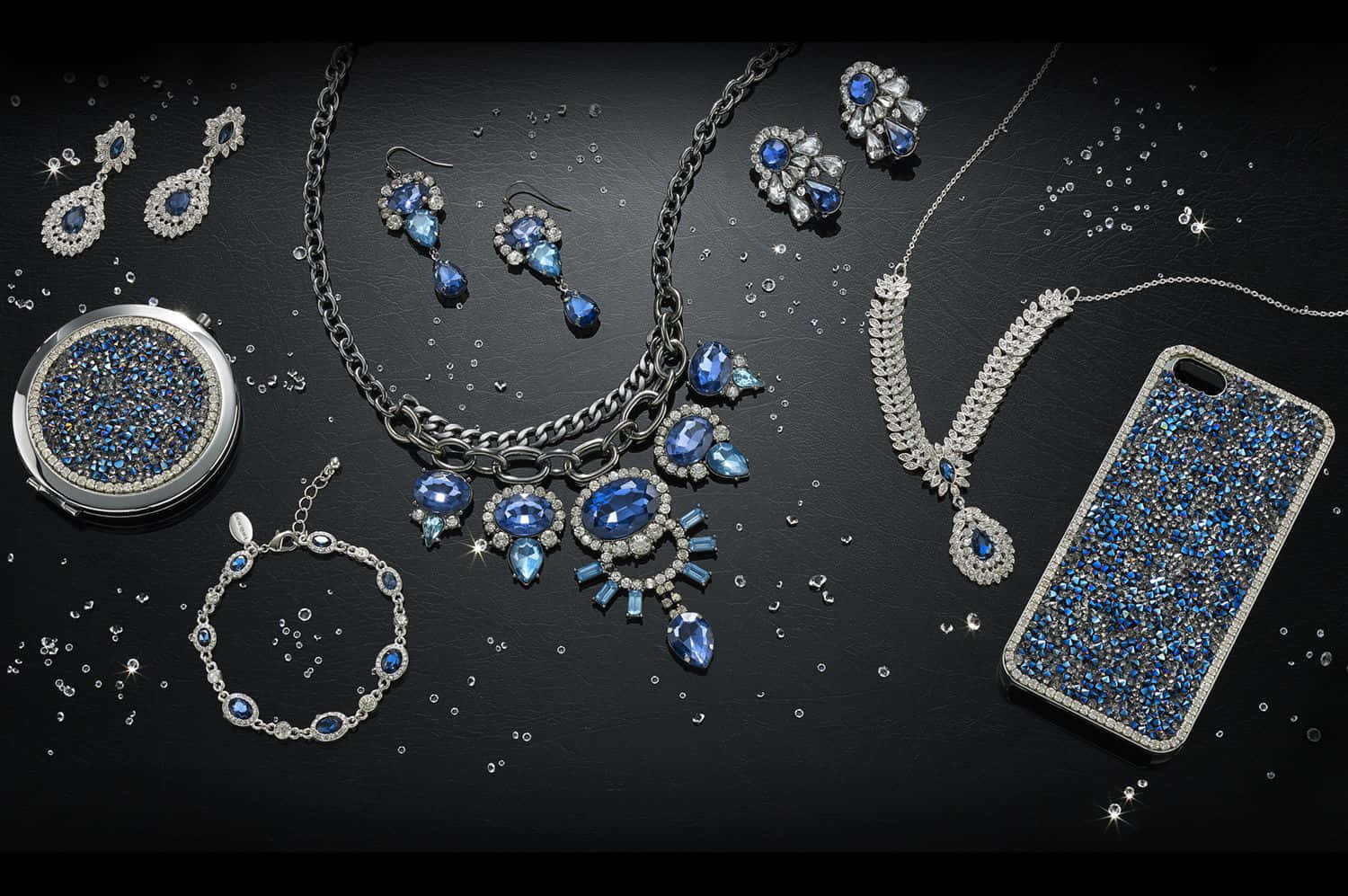When it comes to choosing the perfect ring for your lab diamond, one of the biggest decisions you’ll face is what metal to pair it with. Platinum and gold both have their unique charms and characteristics, and understanding these can help you make an informed choice that fits your style and lifestyle. So, let’s dive into the world of lab diamond rings and explore the pros and cons of lab diamond rings platinum vs gold!
What Are Lab Diamonds?
Before we get into the metals, let’s clarify what lab diamonds are. Lab diamonds are real diamonds created in a controlled environment using advanced technology that mimics the natural process of diamond formation. They boast the same physical and chemical properties as mined diamonds but are often more affordable and ethically produced.
How Lab Diamonds Are Made
Lab diamonds are created using two primary methods: High Pressure High Temperature (HPHT) and Chemical Vapor Deposition (CVD). Both processes produce stunning, high-quality diamonds that can rival the best mined stones. The beauty of lab diamonds is that they offer all the sparkle without the ethical concerns of traditional diamond mining.
Choosing the Right Metal
Now that you know what lab diamonds are, let’s talk about the metal that will hold your precious stone. The choice of metal is just as important as the diamond itself because it impacts the overall look, durability, and even cost of the ring.
Platinum: The Premium Choice
Platinum is often considered the top-tier option for engagement rings. Its natural white sheen complements lab created diamonds beautifully, allowing their brilliance to shine.
Durability and Longevity
One of platinum’s standout features is its durability. It’s denser and heavier than gold, making it incredibly resistant to scratching and tarnishing. If you’re looking for a ring that will last a lifetime, platinum might be the way to go. It doesn’t wear down as quickly as gold, so your ring will retain its beauty for years to come.
Gold: The Classic Favorite
Gold is a classic choice that has been loved for centuries. It comes in various colors and purities, making it versatile for different tastes and styles.
Types of Gold: Yellow, White, and Rose
Gold rings are available in several shades: yellow, white, and rose. Each color offers a different aesthetic appeal. Yellow gold exudes warmth and classic elegance, while white gold offers a sleek, modern look. Rose gold, with its pinkish hue, brings a romantic vibe that’s become increasingly popular.
Comparing Aesthetics: Platinum vs Gold
When it comes to choosing between platinum and gold, aesthetics play a significant role. How do these metals stack up against each other?
Color and Shine
Platinum’s natural white color doesn’t fade, while gold can require rhodium plating to maintain its shine, especially in white gold. This can lead to additional maintenance over time. If you prefer a metal that will keep its luster without much upkeep, platinum might be your best bet.
Weight and Feel
If you’ve ever worn a gold ring and then a platinum one, you might have noticed the difference in weight. Platinum is denser, giving it a substantial feel on your finger, which many people find appealing. Gold is lighter, which can be more comfortable for some wearers, especially if you prefer something less bulky.
Cost Considerations
Let’s talk about money. Understanding the costs associated with each metal can help you budget effectively.
Initial Costs
Generally, platinum is more expensive than gold. The price difference comes down to the rarity and density of platinum compared to gold. If you’re shopping on a tight budget, gold may offer a more affordable initial investment.
Long-term Value
However, consider the long-term value. Platinum’s durability means you might spend less on repairs and maintenance over time. Its rarity also means that it tends to hold its value well, making it a smart investment in the long run.
Care and Maintenance
Regardless of the metal you choose, proper care will keep your ring looking stunning for years.
Cleaning Tips for Platinum
Cleaning platinum is relatively straightforward. You can use warm, soapy water and a soft cloth to gently scrub away any dirt or grime. For a deeper clean, consider using a jewelry cleaner specifically formulated for platinum.
Caring for Gold
Gold, particularly white gold, may require more attention. Regularly checking for scratches and having the ring replated can keep it looking fresh. For yellow and rose gold, a gentle cleaning routine with mild soap and water will suffice.
Lifestyle Considerations
When choosing between platinum and gold, your lifestyle should be a significant factor.
Activity Level
Are you active or do you lead a more sedentary lifestyle? If you’re often engaged in physical activities, a platinum ring might better withstand daily wear and tear. Gold can be softer and more prone to scratches, so consider how you use your hands.
Allergies and Sensitivities
Some people may have sensitivities to certain metals. Platinum is hypoallergenic, making it a great choice for anyone with skin sensitivities. Gold alloys can sometimes include metals like nickel, which may cause allergic reactions in some individuals.
Conclusion: Making Your Choice
Choosing between platinum and gold for your lab diamond ring ultimately comes down to personal preference and lifestyle. Each metal has its unique advantages and aesthetic appeal. Consider factors like durability, maintenance, and your daily activities before making your decision. Whether you opt for the premium feel of platinum or the classic charm of gold, the right choice will be the one that resonates with you and your style. Happy ring shopping!

